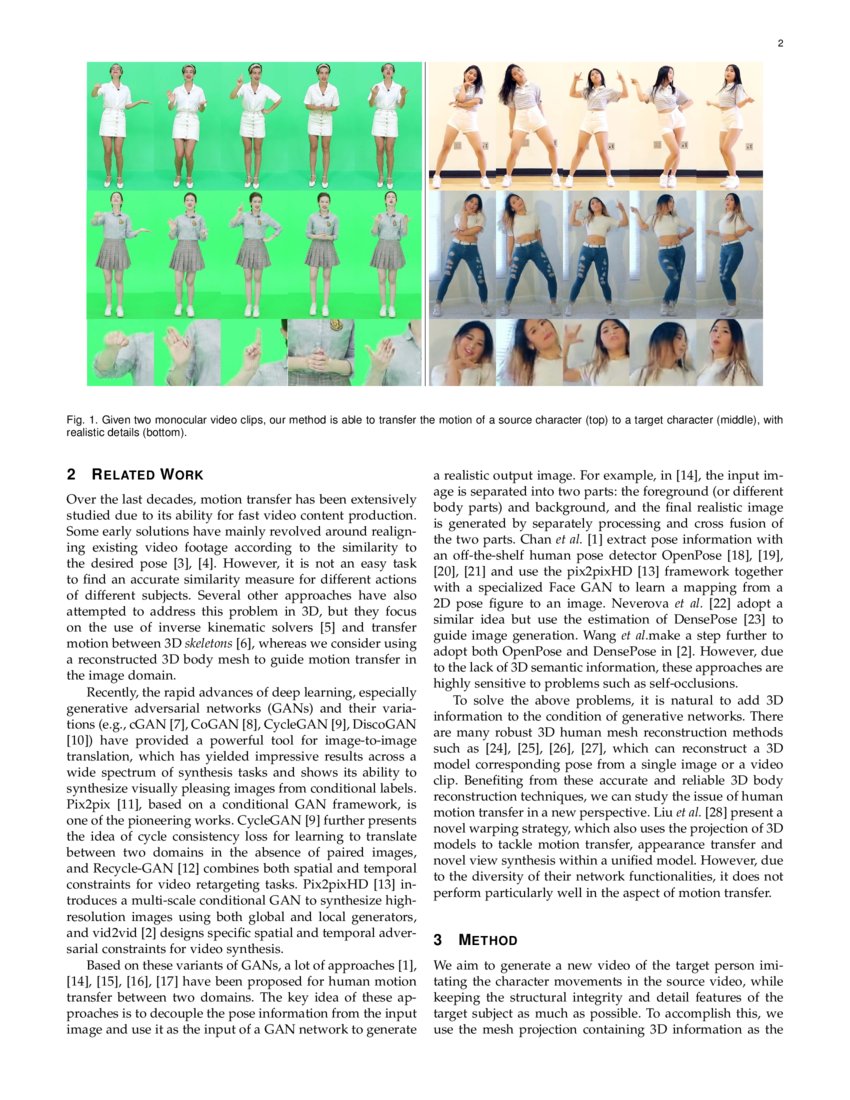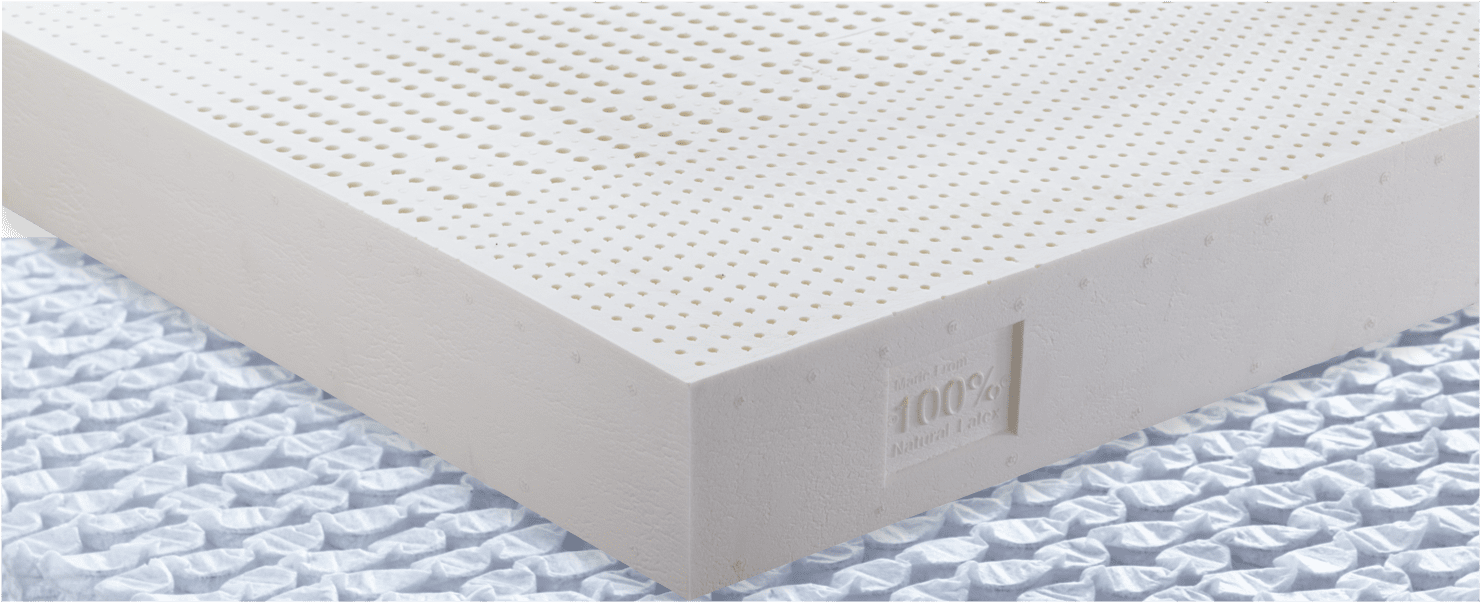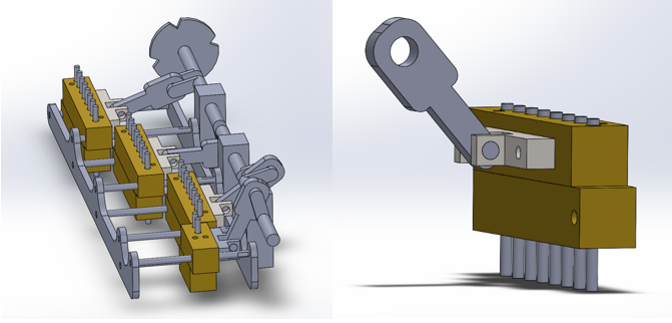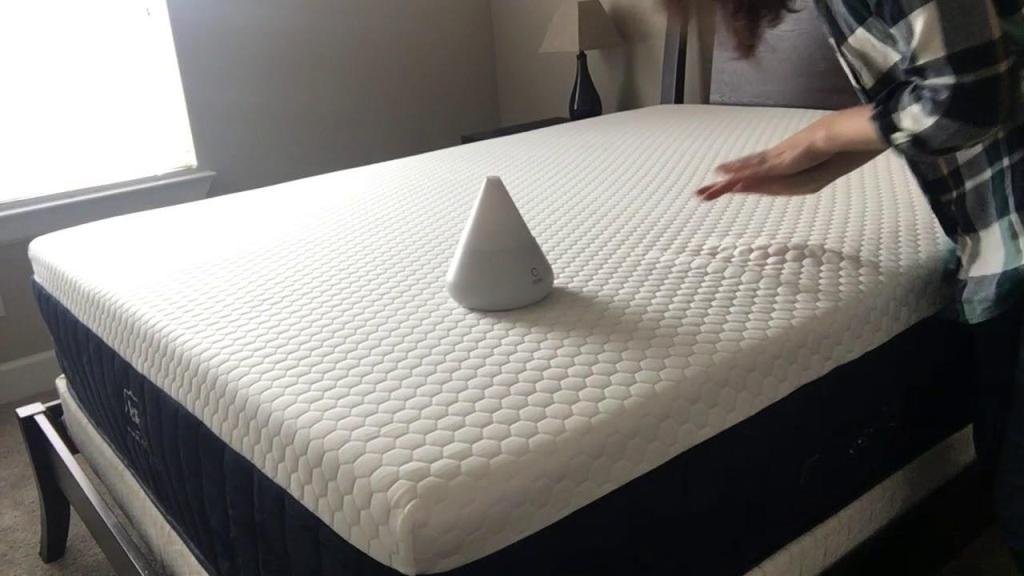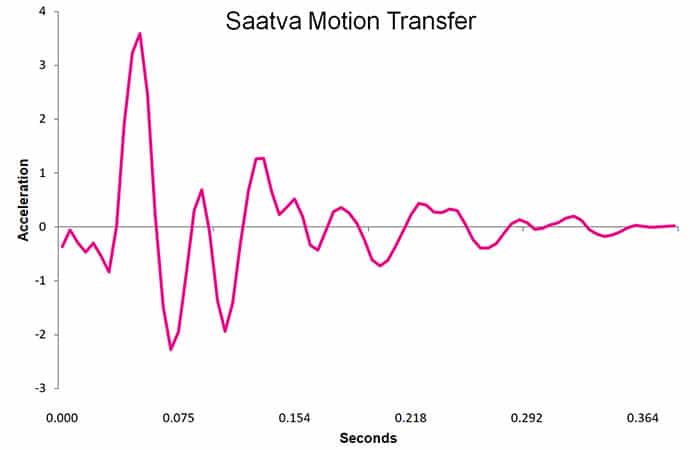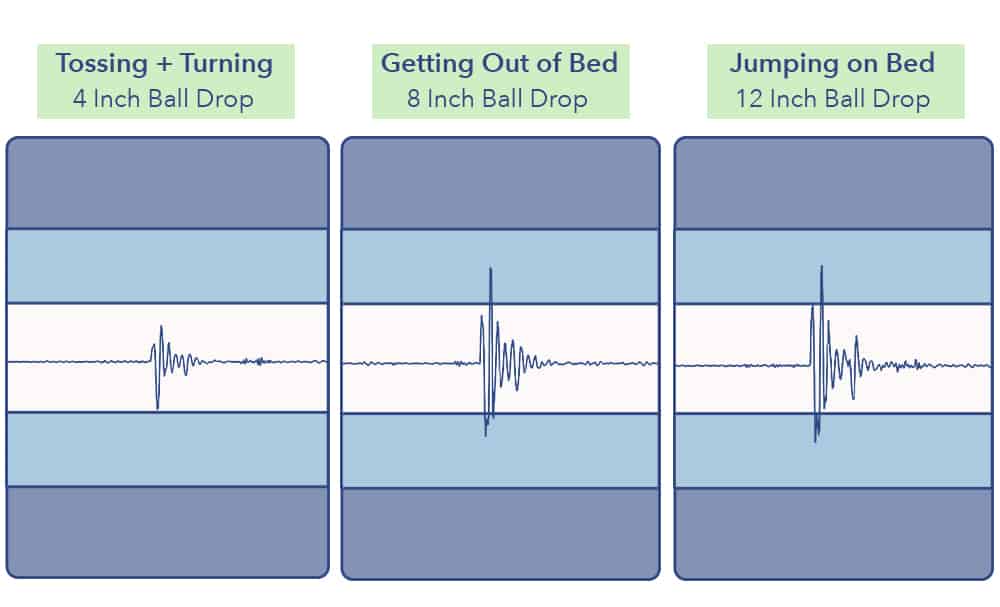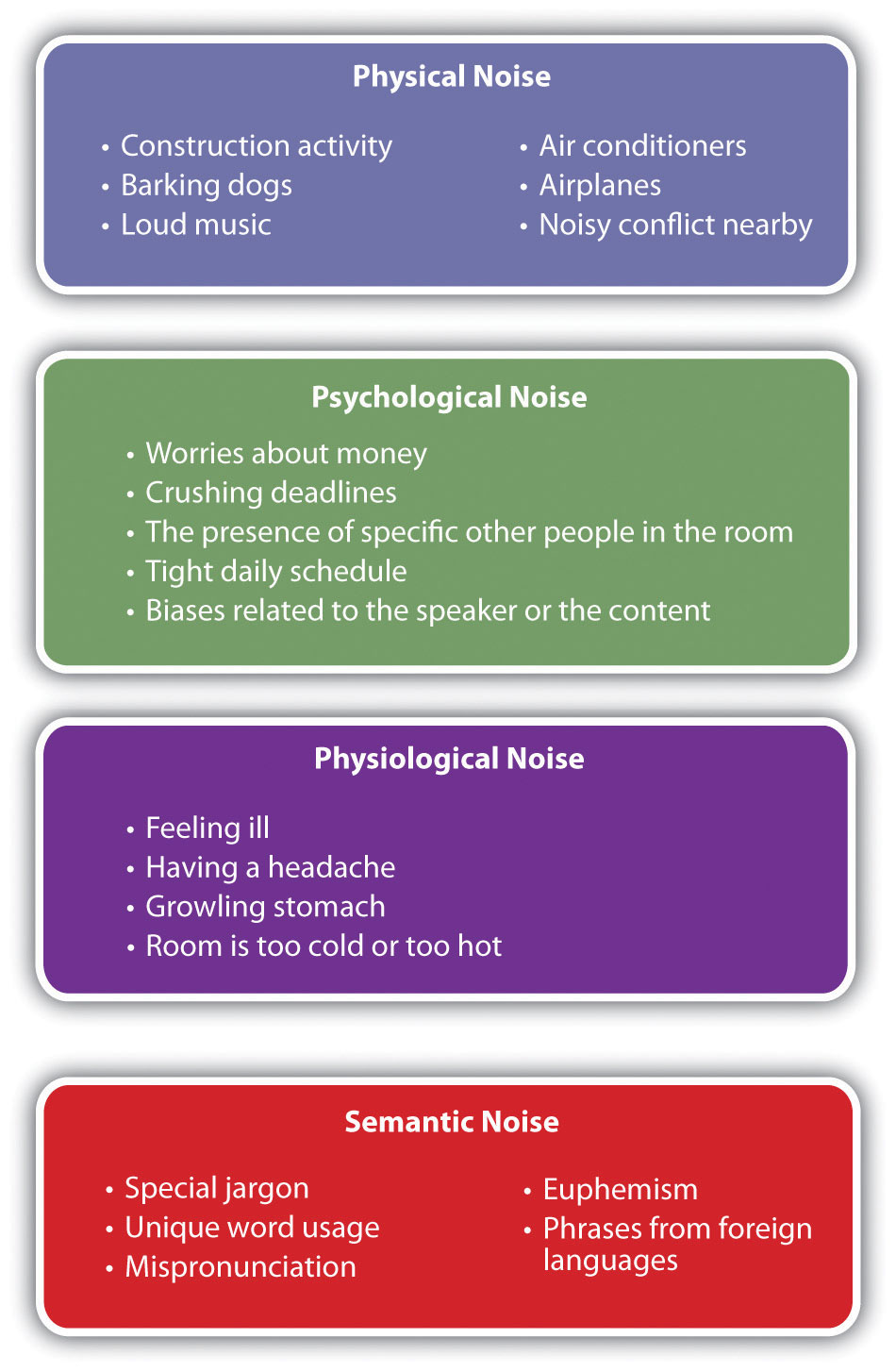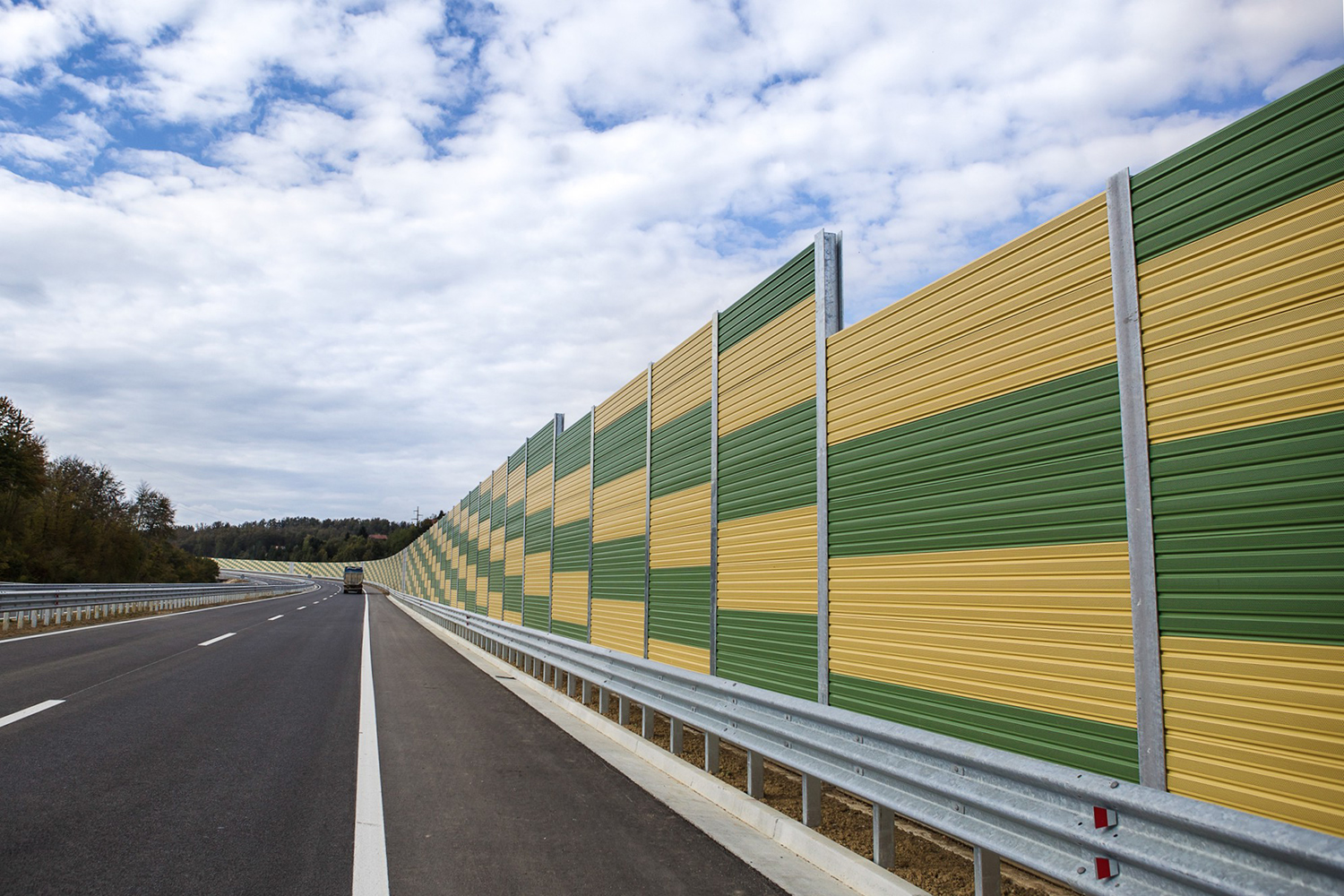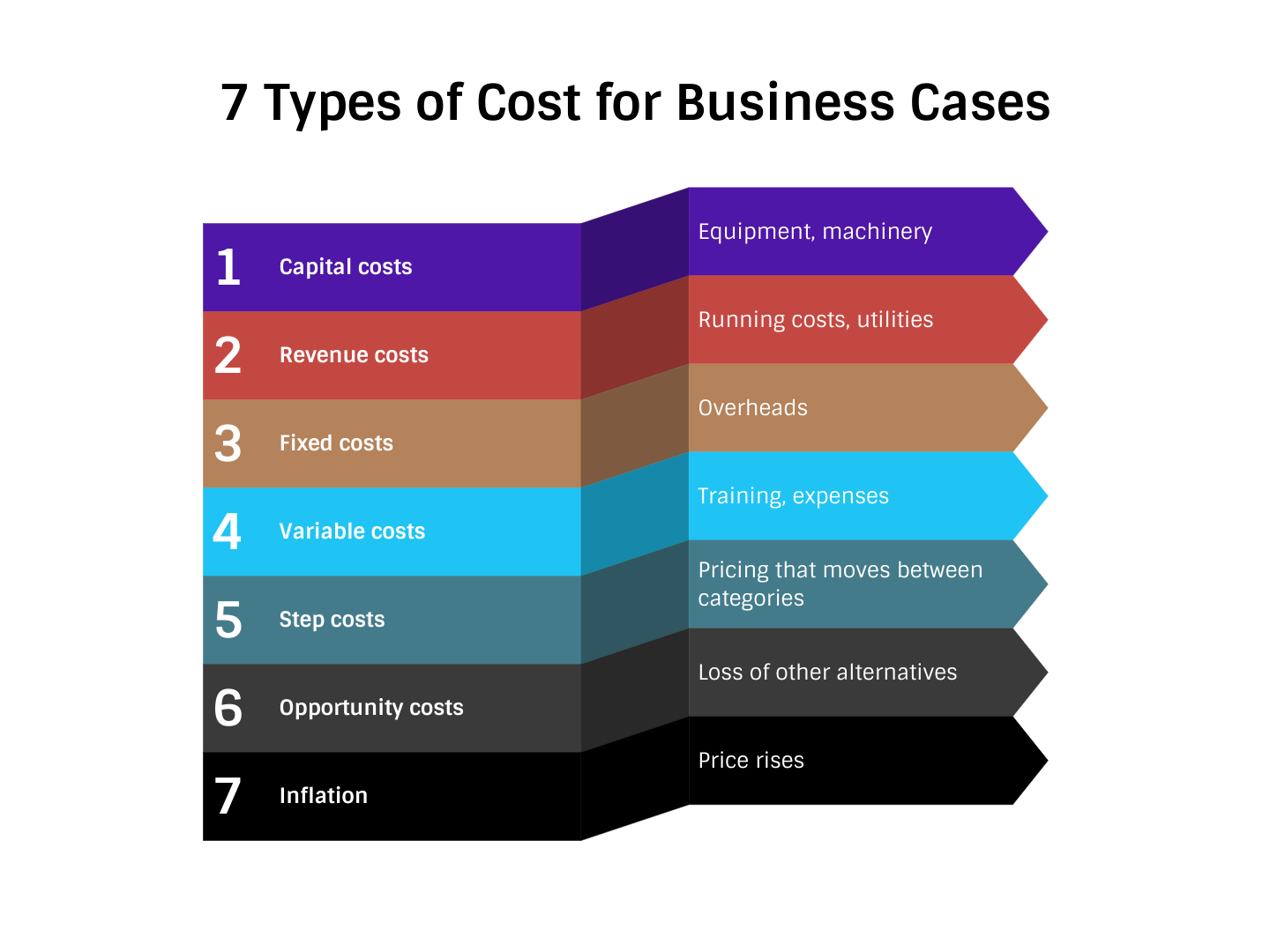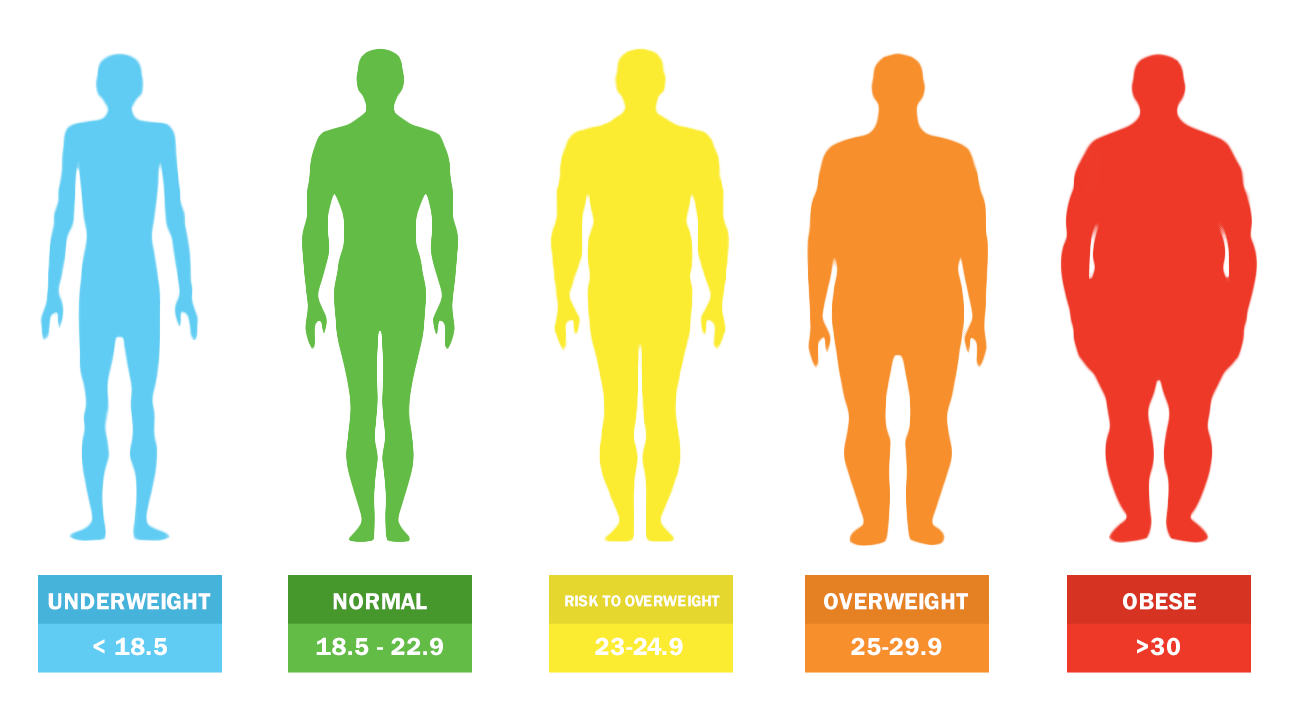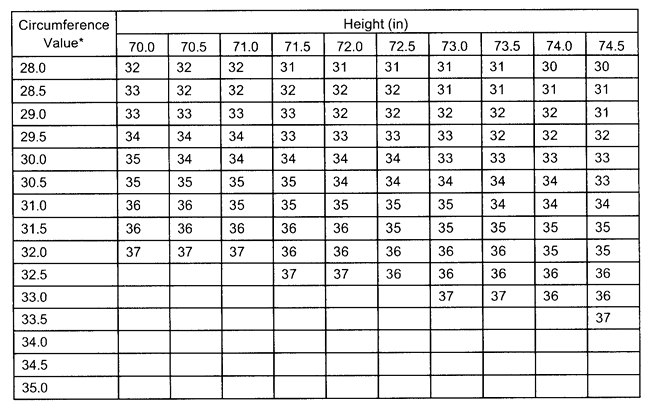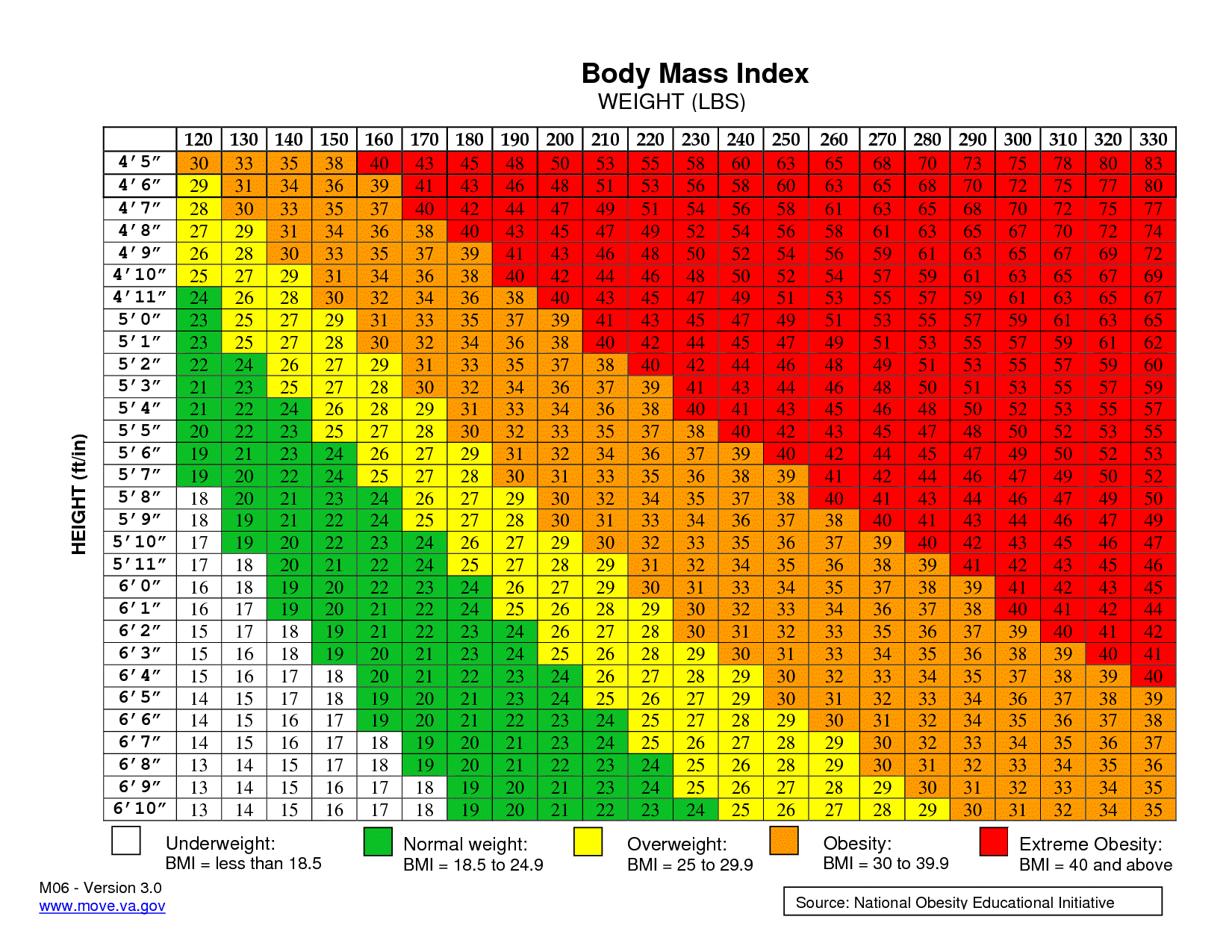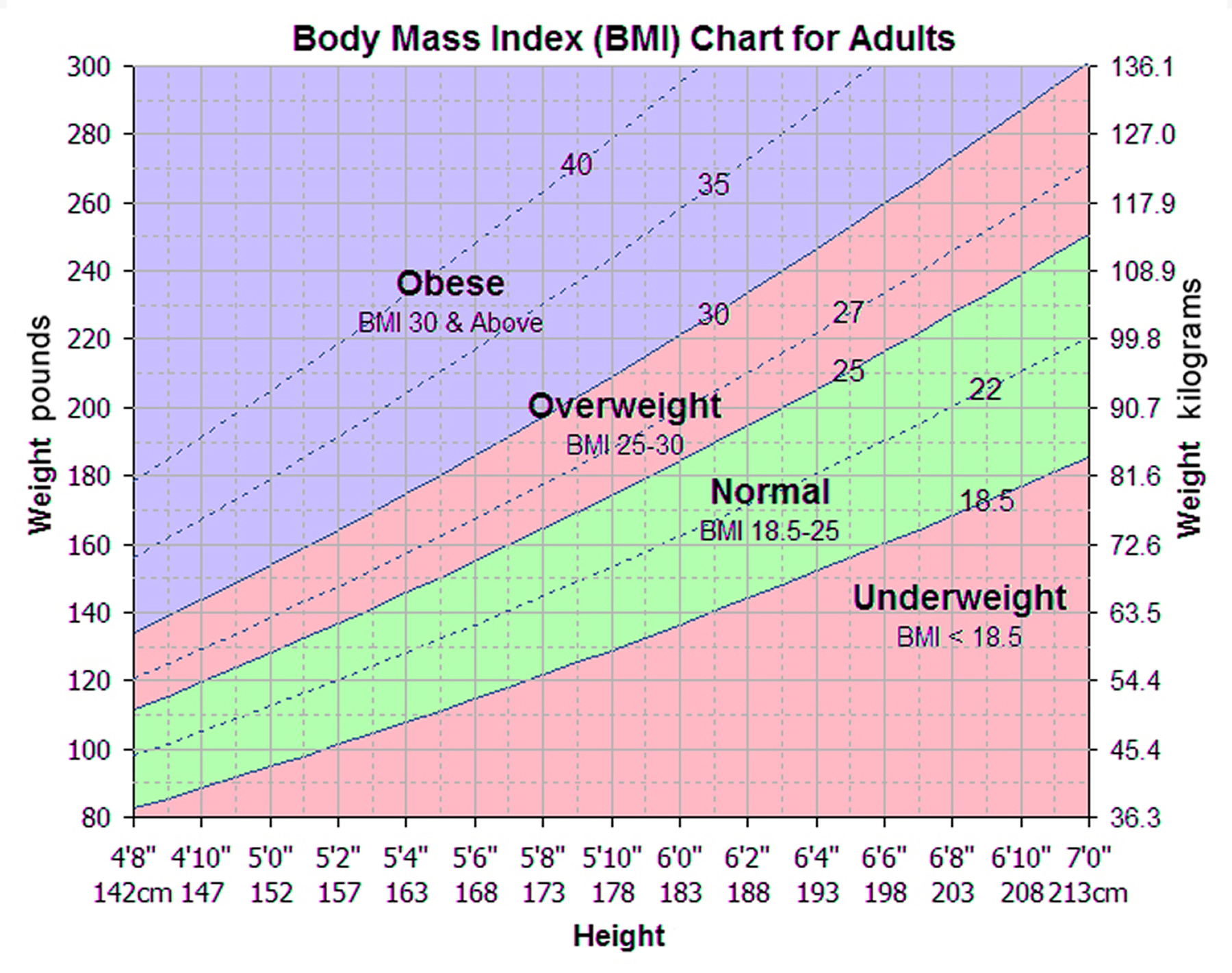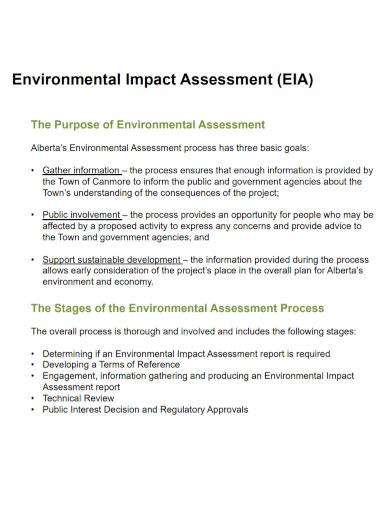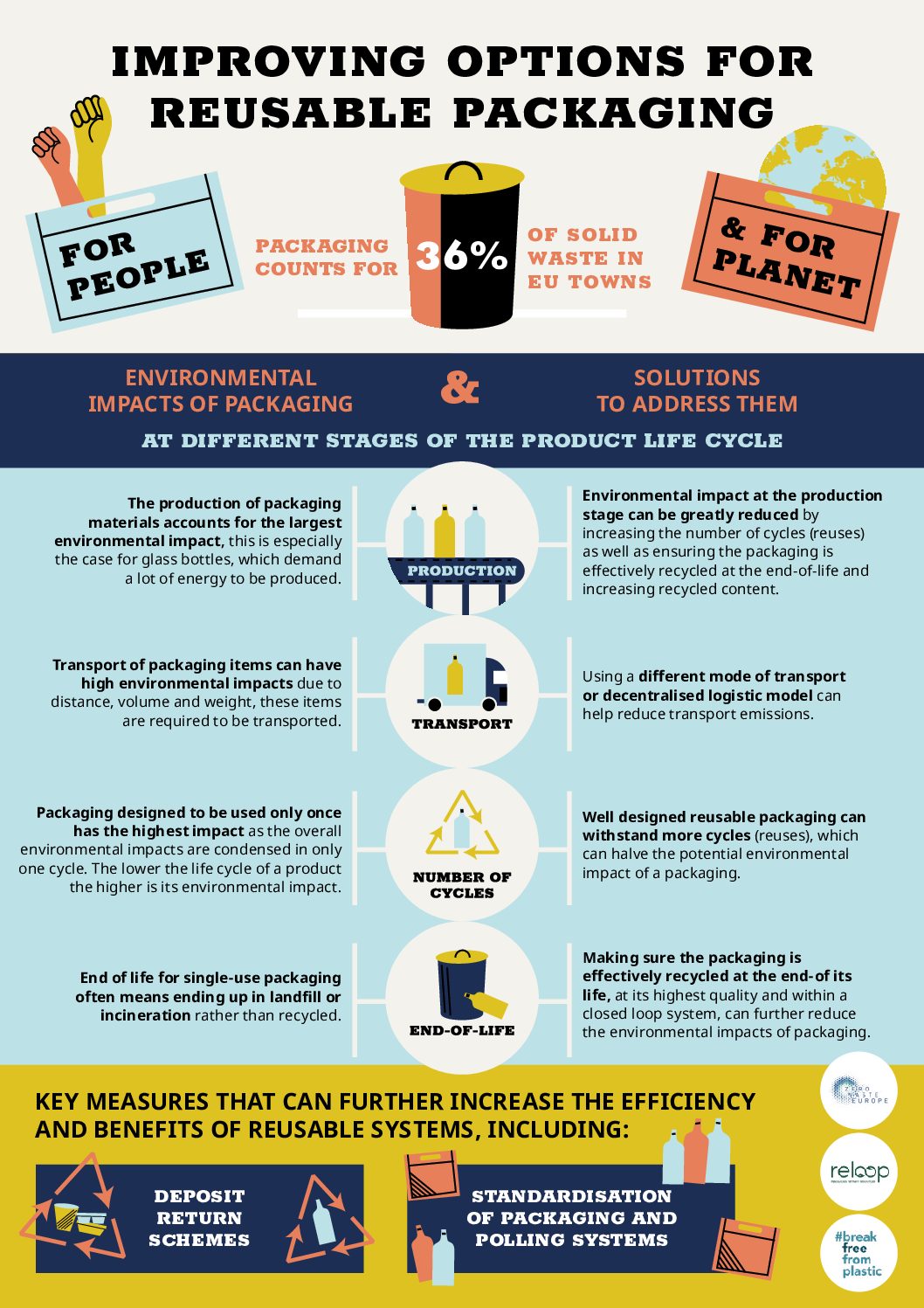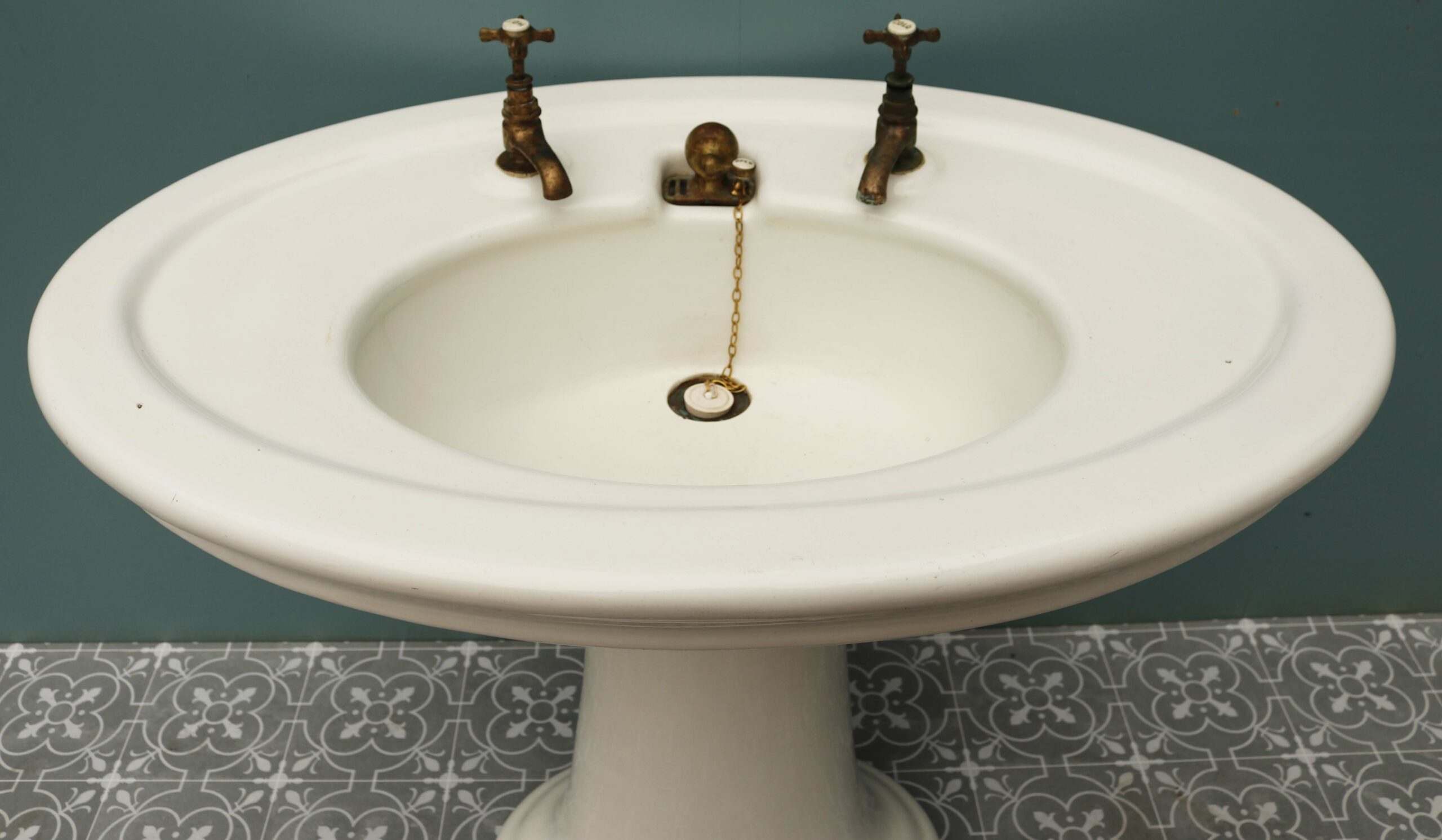Spring mattresses are not known for their long-lasting durability. While they may seem comfortable and supportive in the beginning, over time the springs can become worn and lose their ability to provide proper support. This can lead to uncomfortable sagging and a shorter lifespan for the mattress. Unlike foam or latex mattresses, which can last up to 10 years or more, spring mattresses typically need to be replaced after 7-8 years.1. Durability
If you are someone who shares a bed with a partner, you may be familiar with the frustrating feeling of being disturbed by their movements throughout the night. Unfortunately, spring mattresses have poor motion isolation, meaning that any movement on one side of the bed can be felt on the other. This can lead to a restless night's sleep and can be especially problematic for light sleepers.2. Motion Transfer
Spring mattresses can be quite noisy, especially as they age. The springs inside the mattress can squeak and creak with every movement, which can be disruptive to your sleep or even wake you up. This can also be an issue for couples, as one person's movements can disturb the other's sleep with the noise of the springs.3. Noise
Due to their construction, spring mattresses can create pressure points on the body, particularly on the hips and shoulders. The springs can push against these areas, causing discomfort and potentially leading to pain and stiffness. This can be especially problematic for those with joint or back pain, as the pressure points can worsen these conditions.4. Pressure Points
As mentioned earlier, spring mattresses have a tendency to sag and lose their shape over time. This can lead to an uneven sleeping surface and make it difficult to find a comfortable position. It can also contribute to the development of pressure points and may require more frequent mattress replacements.5. Sagging
Spring mattresses can be a breeding ground for allergens such as dust mites, mold, and mildew. This is because the inner coils provide a warm and moist environment for these allergens to thrive. For those with allergies or respiratory issues, this can lead to discomfort and difficulty breathing while sleeping.6. Allergies
Compared to other types of mattresses, spring mattresses can be quite expensive. This is especially true for high-quality spring mattresses that offer good support and durability. While it may seem like a more affordable option initially, the need for more frequent replacements can add up over time.7. Cost
Unlike foam or latex mattresses, spring mattresses have limited support and can be uncomfortable for those with certain sleep preferences. For example, if you prefer a firmer or softer sleeping surface, it can be difficult to find a spring mattress that meets your needs. This can lead to discomfort and poor sleep quality.8. Limited Support
Spring mattresses tend to be quite heavy and difficult to move around. This can be problematic when it comes to changing sheets or moving the mattress for cleaning. It can also be a challenge when moving to a new home or rearranging furniture.9. Weight
Due to their construction, spring mattresses can have a negative impact on the environment. The materials used, such as metal springs and synthetic foams, can be difficult to recycle and may end up in landfills. Additionally, the manufacturing process for these mattresses can produce harmful emissions and contribute to pollution. If you are looking to reduce your environmental footprint, a spring mattress may not be the best option.10. Environmental Impact
The Cons of Spring Mattresses

Not Ideal for Light Sleepers
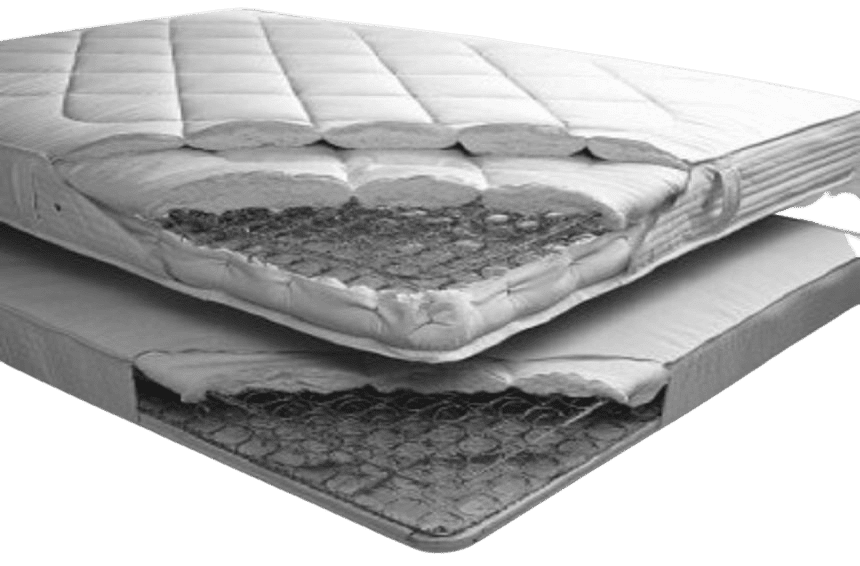 Spring mattresses tend to have a bouncy and springy feel, which can be disruptive for light sleepers. The coils in the mattress can cause motion transfer, meaning any movement on one side of the bed can be felt on the other side. This can be especially bothersome if you or your partner have different sleep schedules or tend to toss and turn throughout the night. The constant motion can lead to a poor night's sleep, leaving you feeling groggy and unrested in the morning.
Spring mattresses tend to have a bouncy and springy feel, which can be disruptive for light sleepers. The coils in the mattress can cause motion transfer, meaning any movement on one side of the bed can be felt on the other side. This can be especially bothersome if you or your partner have different sleep schedules or tend to toss and turn throughout the night. The constant motion can lead to a poor night's sleep, leaving you feeling groggy and unrested in the morning.
Prone to Sagging and Wear and Tear
 Due to the use of coils and springs, spring mattresses are more prone to sagging and wear and tear over time. As the coils lose their shape and support, the mattress can become lumpy and uncomfortable. This can lead to back pain and discomfort, making it difficult to get a good night's sleep. Additionally, the springs can start to make squeaking noises, which can be quite annoying and disruptive.
Due to the use of coils and springs, spring mattresses are more prone to sagging and wear and tear over time. As the coils lose their shape and support, the mattress can become lumpy and uncomfortable. This can lead to back pain and discomfort, making it difficult to get a good night's sleep. Additionally, the springs can start to make squeaking noises, which can be quite annoying and disruptive.
Not Suitable for Allergies
 Spring mattresses can also be problematic for those with allergies. The coils and springs can create a perfect breeding ground for dust mites, which can trigger allergies and make it difficult to breathe at night. Furthermore, the materials used in spring mattresses, such as foam and fabric, can also harbor allergens and irritants. This can be a major issue for people with asthma or other respiratory issues.
Spring mattresses can also be problematic for those with allergies. The coils and springs can create a perfect breeding ground for dust mites, which can trigger allergies and make it difficult to breathe at night. Furthermore, the materials used in spring mattresses, such as foam and fabric, can also harbor allergens and irritants. This can be a major issue for people with asthma or other respiratory issues.
Can Be Expensive
 Compared to other types of mattresses, spring mattresses can be quite expensive. This is because of the materials and construction involved in making them. While they may seem like a more affordable option at first, the need to replace them more frequently due to sagging and wear and tear can add up over time. This can make it a less cost-effective choice in the long run.
In conclusion, while spring mattresses may have some benefits such as affordability and support, they also come with their fair share of drawbacks. From being disruptive for light sleepers to being prone to sagging and not being suitable for allergies, there are several cons to consider before investing in a spring mattress. It's important to weigh the pros and cons and consider your personal sleeping habits and needs before making a decision on which type of mattress is best for you.
Compared to other types of mattresses, spring mattresses can be quite expensive. This is because of the materials and construction involved in making them. While they may seem like a more affordable option at first, the need to replace them more frequently due to sagging and wear and tear can add up over time. This can make it a less cost-effective choice in the long run.
In conclusion, while spring mattresses may have some benefits such as affordability and support, they also come with their fair share of drawbacks. From being disruptive for light sleepers to being prone to sagging and not being suitable for allergies, there are several cons to consider before investing in a spring mattress. It's important to weigh the pros and cons and consider your personal sleeping habits and needs before making a decision on which type of mattress is best for you.











